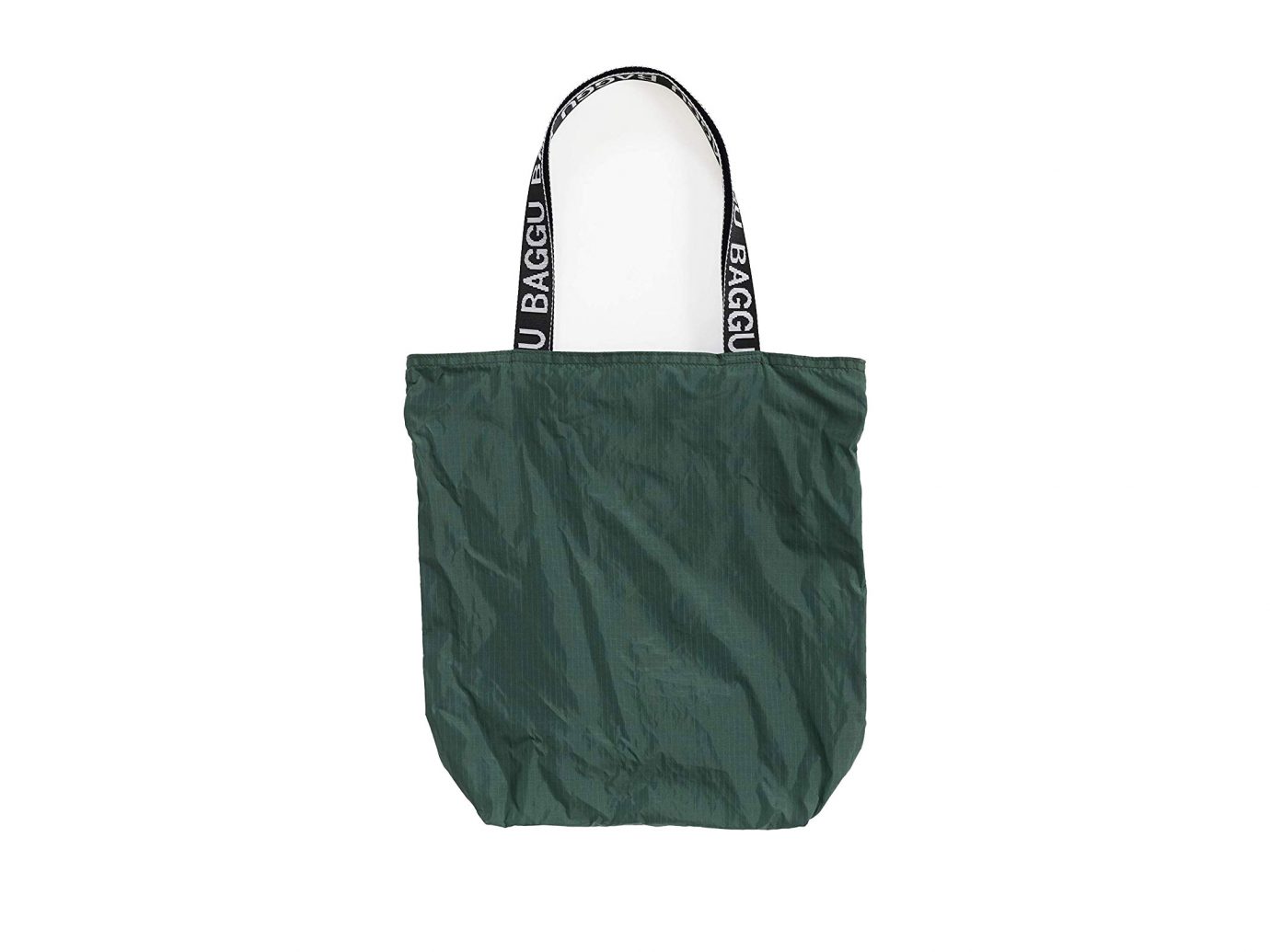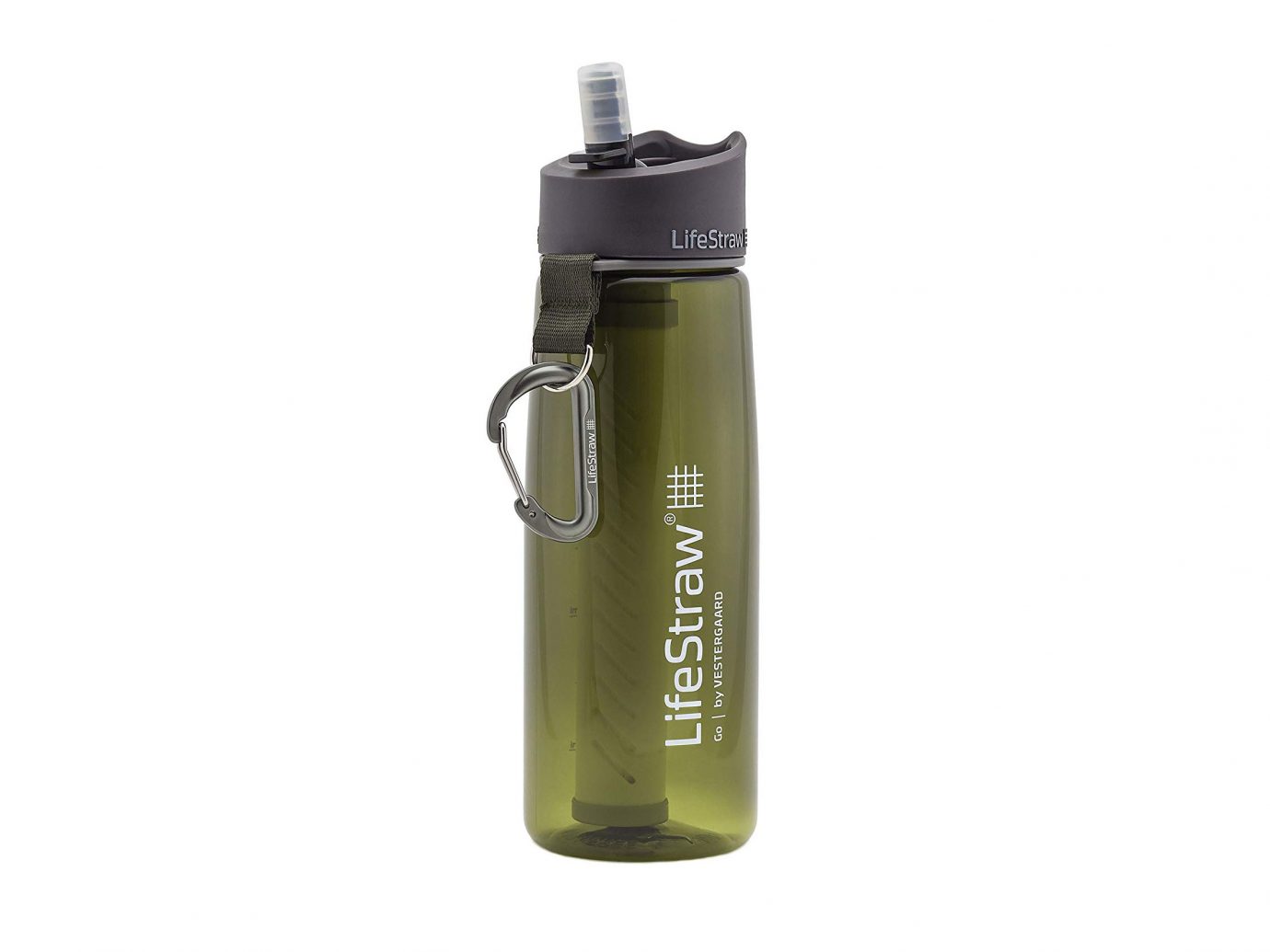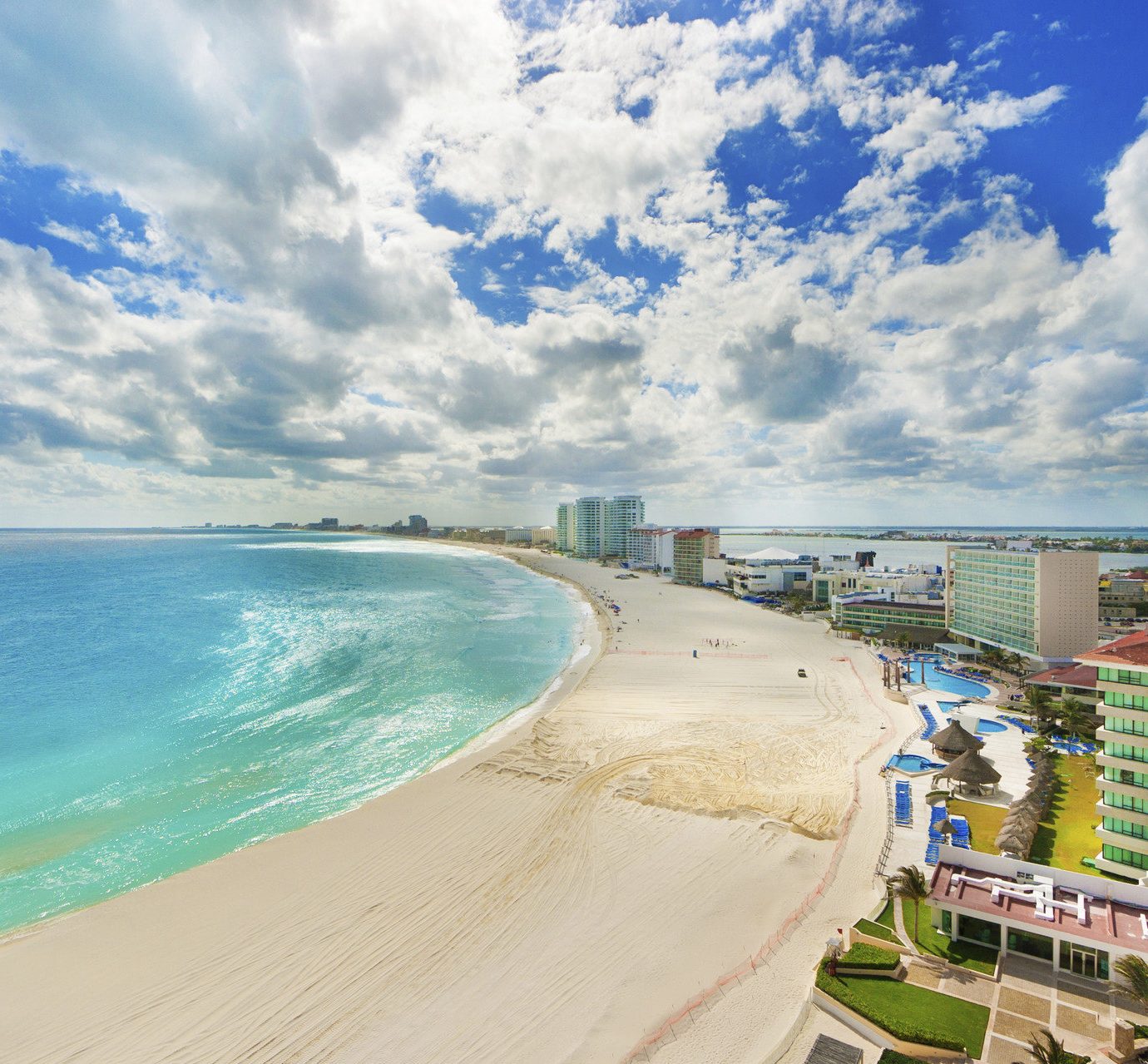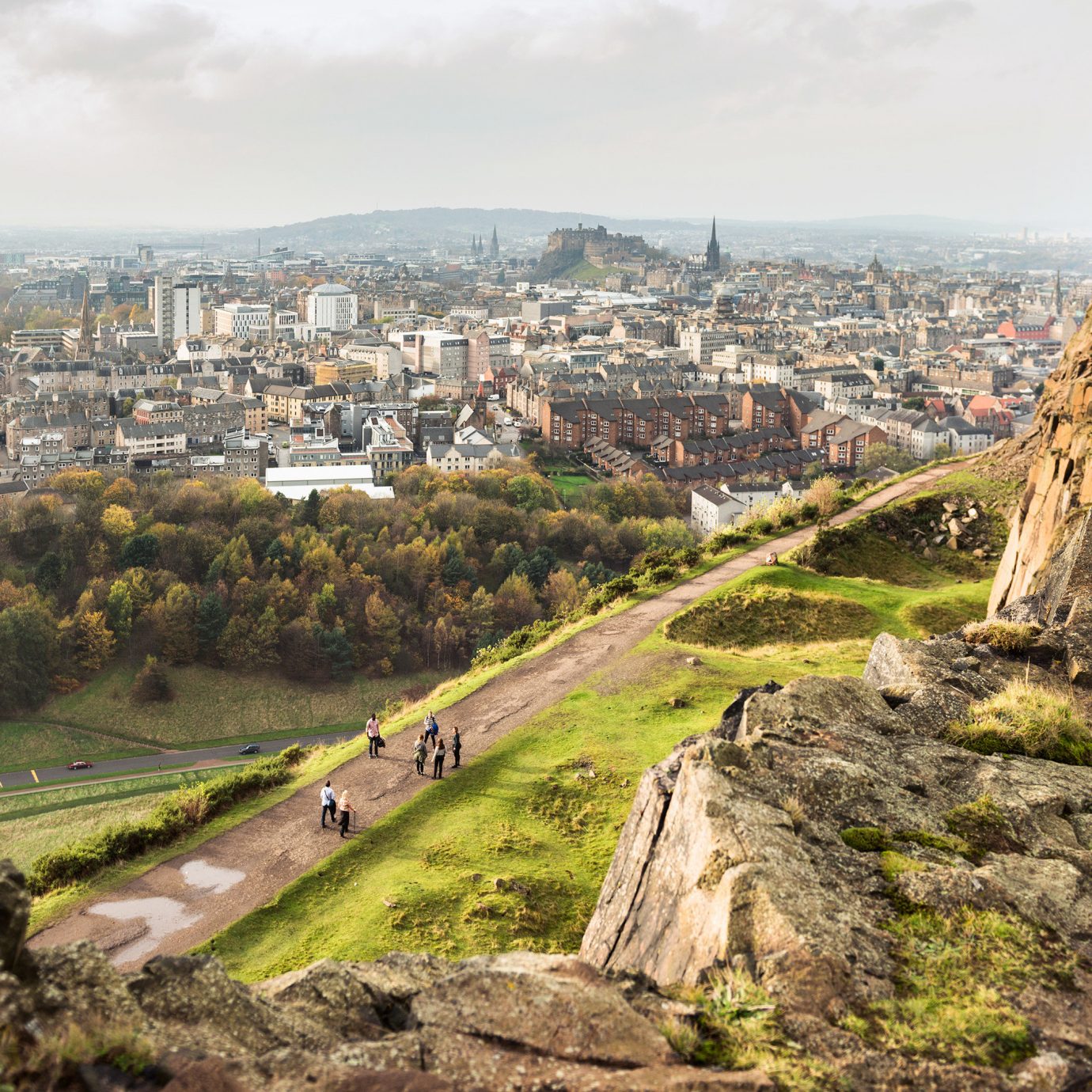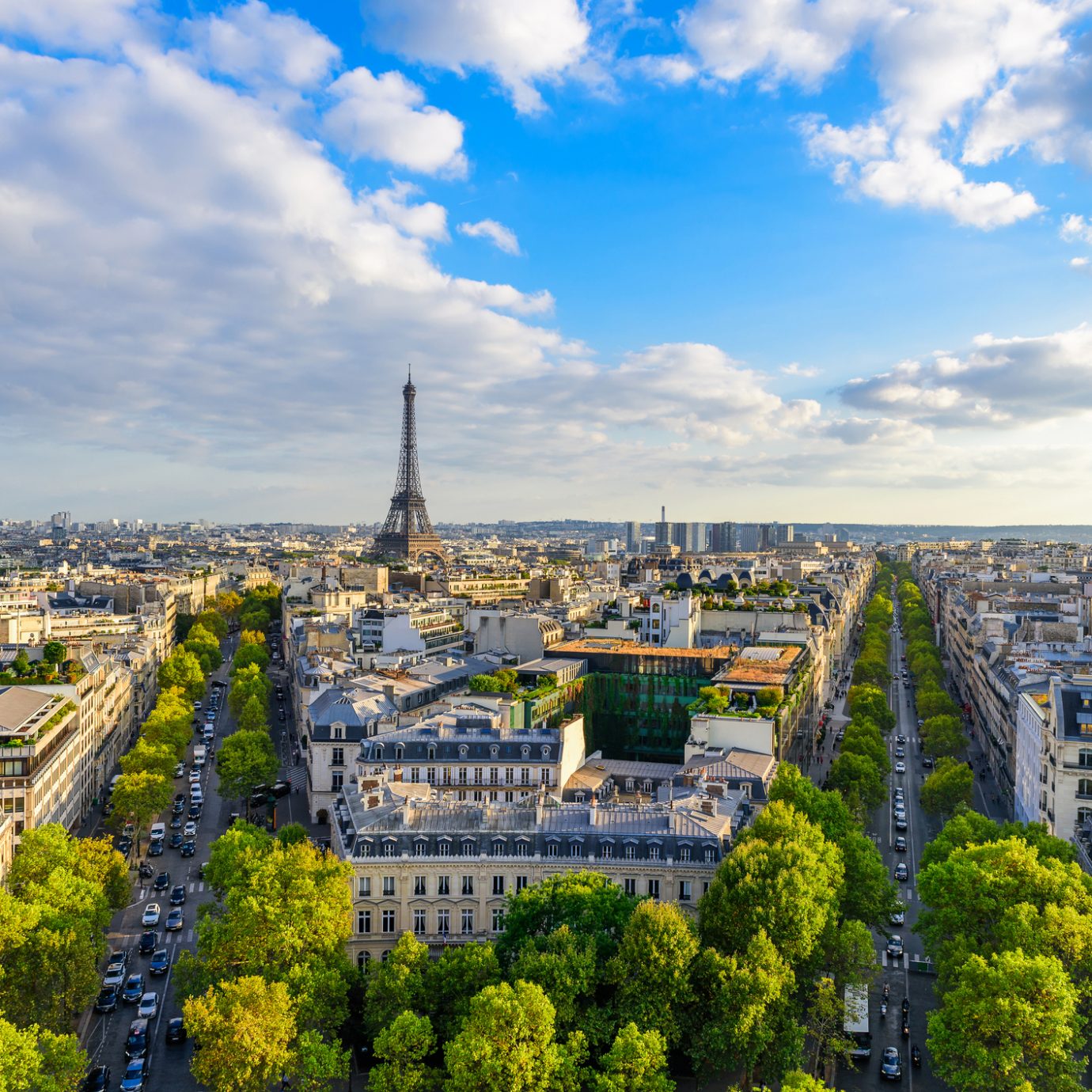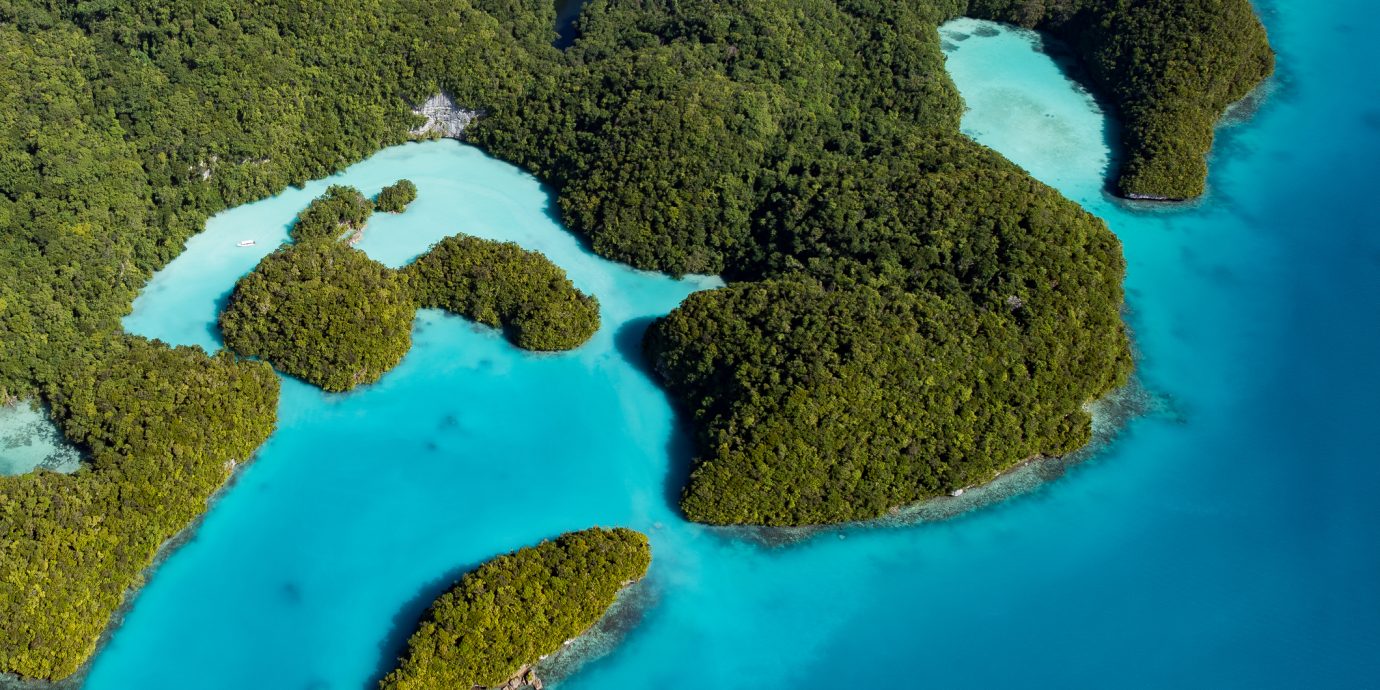
4 Easy Ways to Be a More Sustainable Traveler in 2019
Most of us think of travel as something that inspires and exhilarates, educates and enlightens, and even benefits our mental health. And all of that can be true, but as great as a getaway may be for humans, it can also cause serious harm to the environment. A 2018 Nature Climate Change study showed that tourism alone accounts for about 8% (that's nearly 4.3 billion metric tons) of global greenhouse gas emissions each year. Fortunately, there are a few important ways we can improve our carbon footprints. It's time to clean up our favorite act this Earth Day—and beyond.
Style + Travel Editor | Instagram @jackiehoman | jackiehoman.com
Be mindful of where—and how long—you’re traveling
When planning your vacations for the year ahead (or the next five years—we see you, Type A travelers!), consider longer, immersive trips over shorter, more frequent ones. Not only can this give you a more authentic destination experience, it’ll also save the environment lots of fuel-burning and other tourism-related consequences.
Having trouble deciding where to go? Choose places that prioritize eco-consciousness. The top 100 sustainable destinations for 2019 were just unveiled last month at ITB Berlin, the world’s largest tourism trade fair. On the list:
- The Republic of Palau, for its efforts in combating climate change
- Ljubljana, Slovenia, which was named the city with the best global leadership in urban sustainability
- Guyana, for its responsible ecotourism opportunities
- Portugal, which took home the European “Best of the Planet” award for its innovations in sustainable tourism

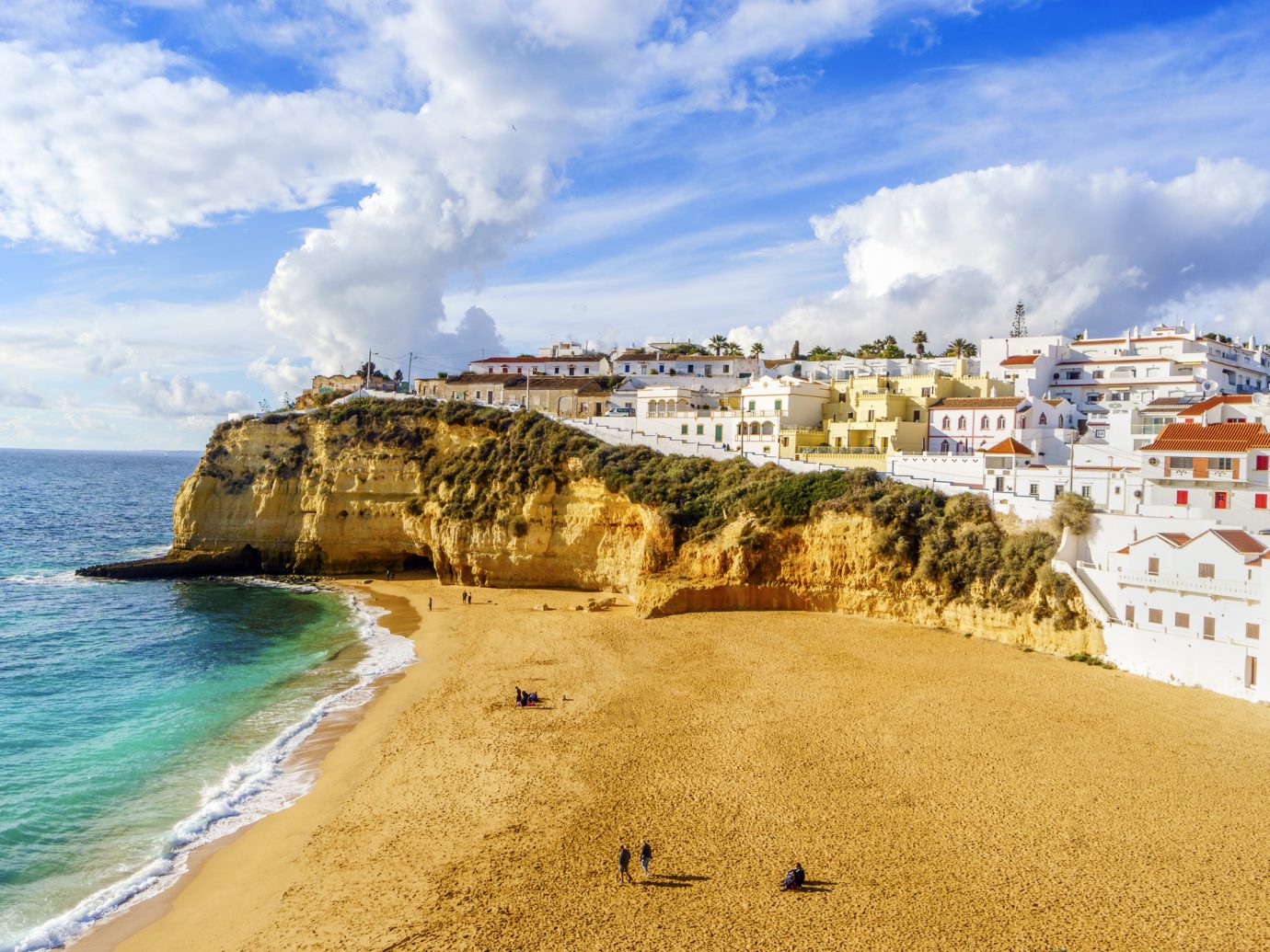
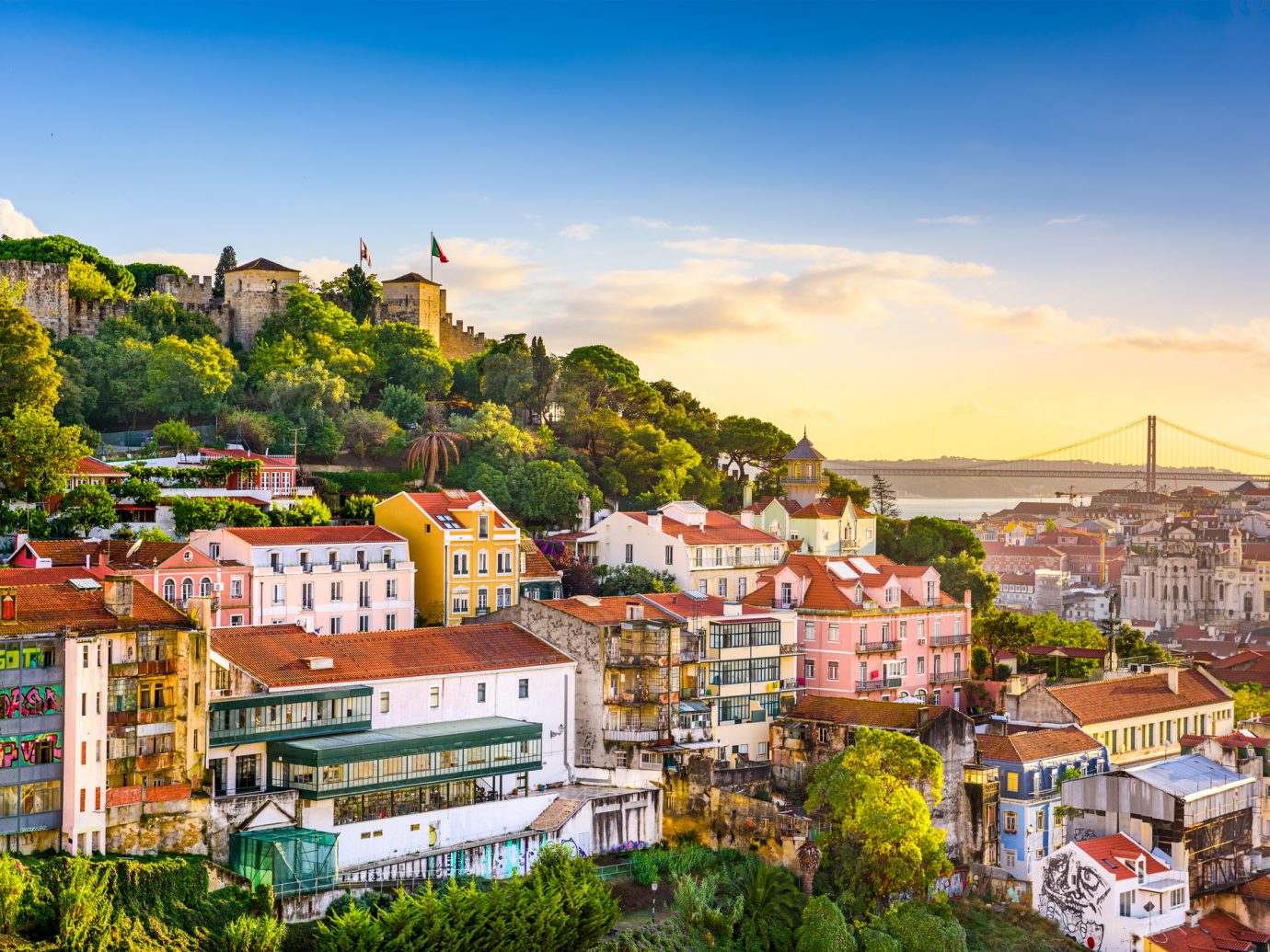
RELATED: The 24 Most Beautiful Places in the World to Add to Your Bucket List
How you get there matters, too
Of the billions of tons of greenhouse gases emitted from the tourism industry, transportation is responsible for the bulk. Between 2017 and 2018, gasoline demand in the U.S. actually declined (thanks, electric cars!), while jet fuel demand increased 3%. However, while high-efficiency car travel can be better for the environment than air travel, the best options are trains and buses, which have a much lower carbon footprint. If you must fly, consider your options: direct, nonstop flights are more efficient than connecting ones, since takeoff and landing hit the environment the hardest.
Once you arrive at your destination, stick to public transportation instead of cars or taxis, rent a bike or scooter, or walk. Bonus: these options allow you to get to know a city better, too—you can even use apps like GPS My City to take self-guided walking tours as you navigate.
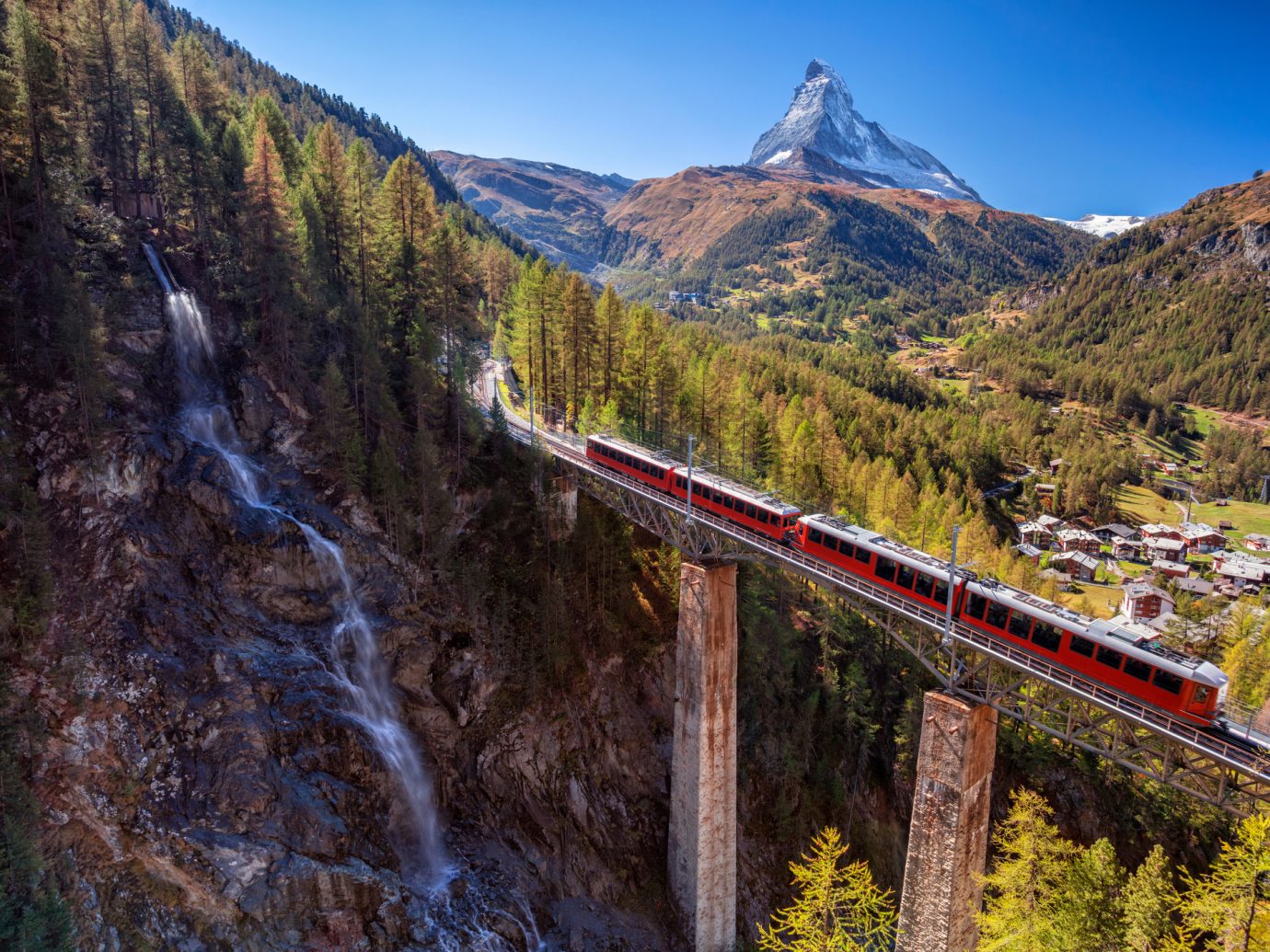
RELATED: 15 Stunning Places Where You Can Sleep in Nature
Be mindful about where you stay
When it comes to sustainability, not all hotels are created equal. According to the U.S. Green Building Council, on an annual basis, the hospitality industry guzzles 1.2 trillion gallons of water, generates millions of tons of waste, and spends $4 billion in energy use (unlike most commercial properties, hotels and resorts consume resources 24/7).
The good news? Green building is on the rise, representing 25% of all new hospitality construction today. As of 2016, there were more than 400 LEED-certified hotels and over 1,600 LEED-registered hotels globally (LEED stands for Leadership in Energy and Environmental Design, the leading global green building rating system).
Apart from LEED certifications, look for hotels that make additional environmental efforts, whether it’s preserving the natural habitats that surround them or incorporating renewable energy systems onsite. Need some ideas? Check out these luxe stays working to reduce their environmental impact (as well as yours).
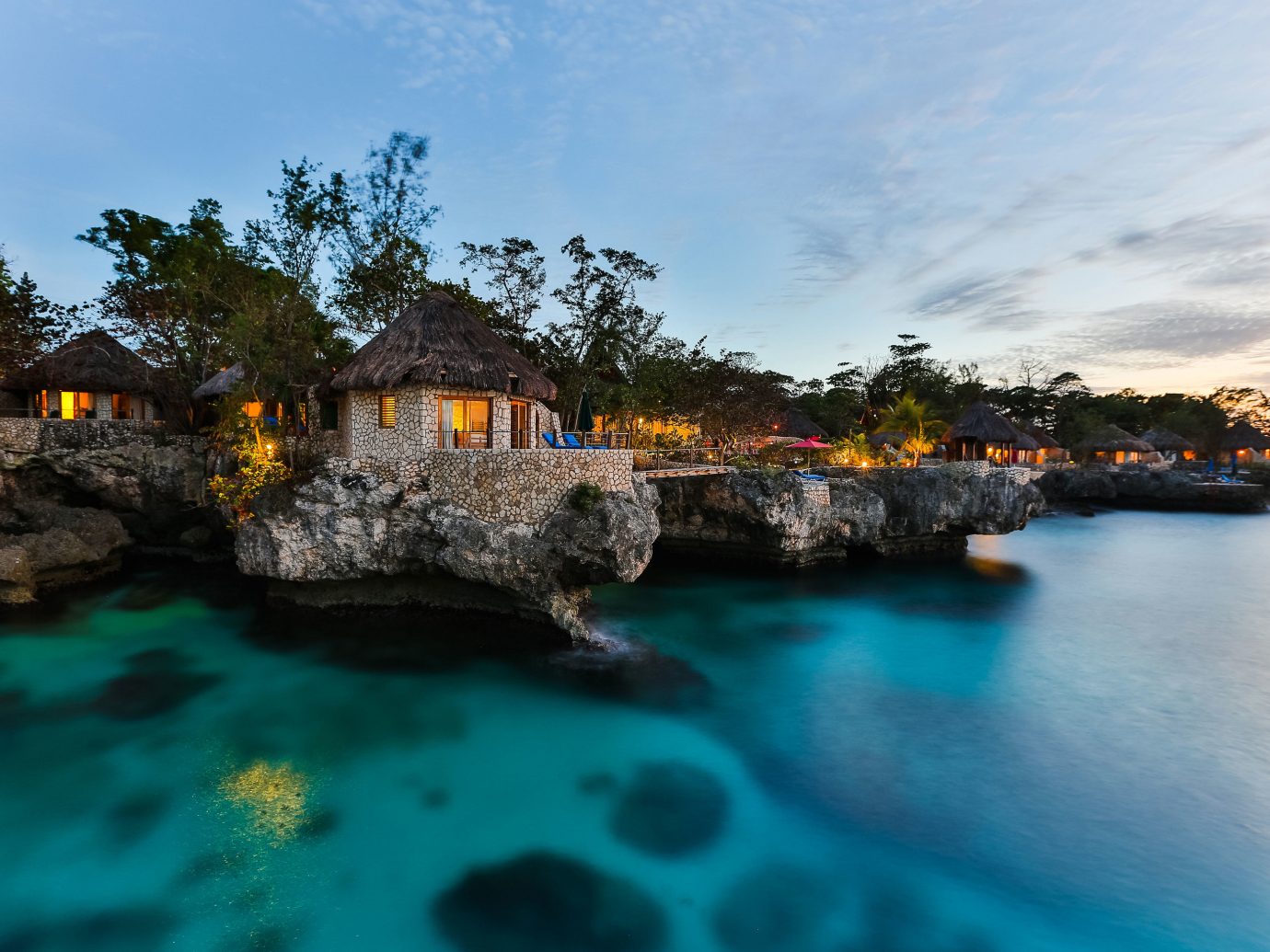
Respect the destination you’re in
Once you get where you’re going, it’s quite simple: leave the destination as nice as or better than you found it. Whether you’re hiking a national park, soaking up the sun on a beach, or logging steps in a new city, make an effort to create as little waste as possible, and always dispose of it properly. To cut back on plastic use during a shopping outing, carry reusable totes. For picnics, bring along travel utensils, reusable napkins, and your own water bottle (with a LifeStraw or other filtering system if the water’s not safe). Refrain from buying what you won’t use. For souvenirs, choose artisan-made items you’ll treasure over cheaper alternatives that you’ll end up tossing.
If you’re not sure how to act, it’s often safest to do as the locals do—they’ll want to protect their home as much as you want to do the right thing.
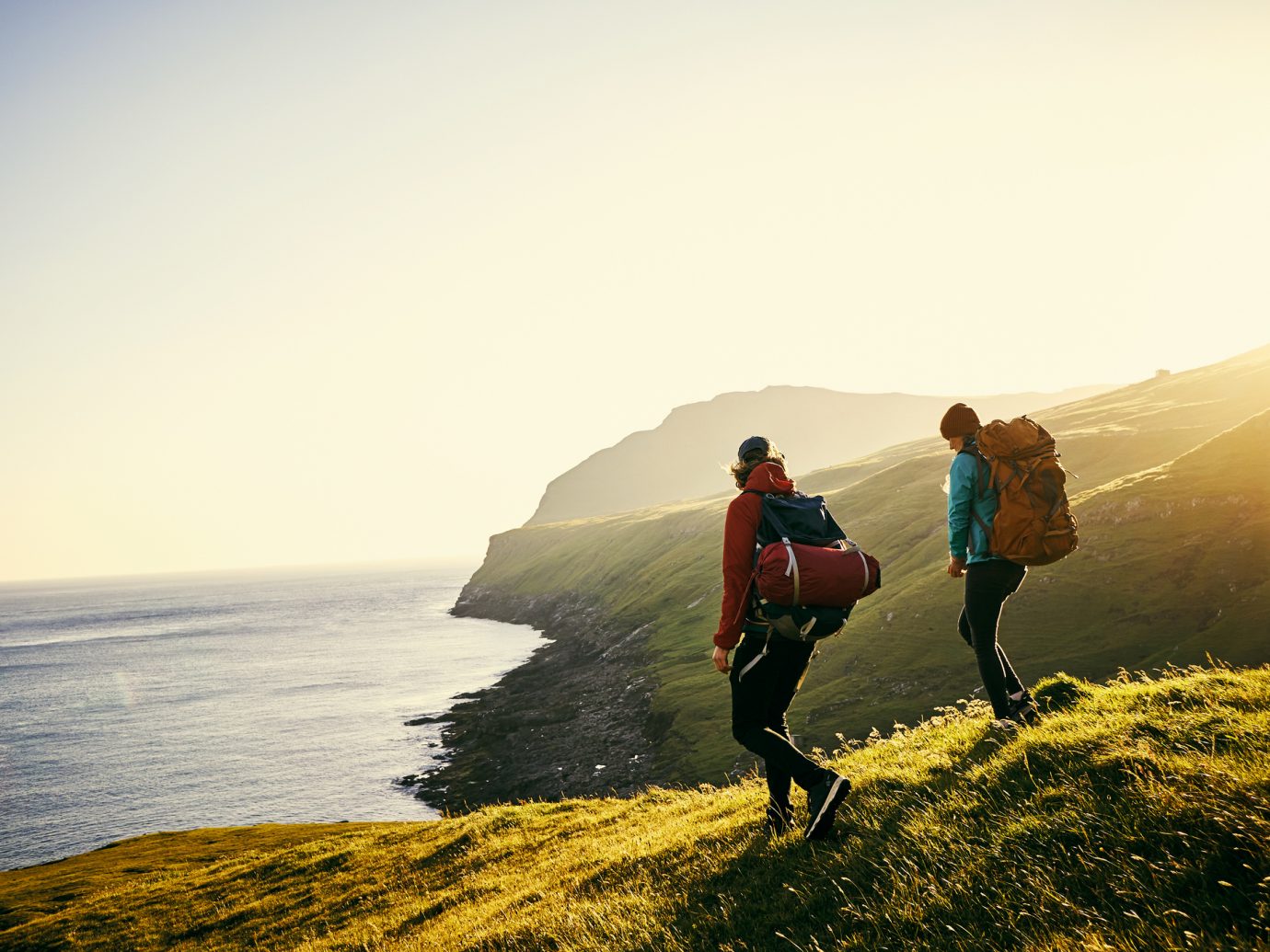
RELATED: 9 Hiking Trails in Europe to Tackle This Spring
Want more?
- 23 Eco-Friendly Gifts for the Tree-Hugger
- 22 U.S. National Parks to See Now
- The 12 Best Natural Beauty Products for Spring
Comments
All products are independently selected by our writers and editors. If you buy something through our links, Jetsetter may earn an affiliate commission.
Become a Jetsetter.
Use our insider connections to know where to go and what to do.
By proceeding, you agree to our Privacy Policy and Terms of Use.
Thanks for Signing Up!

